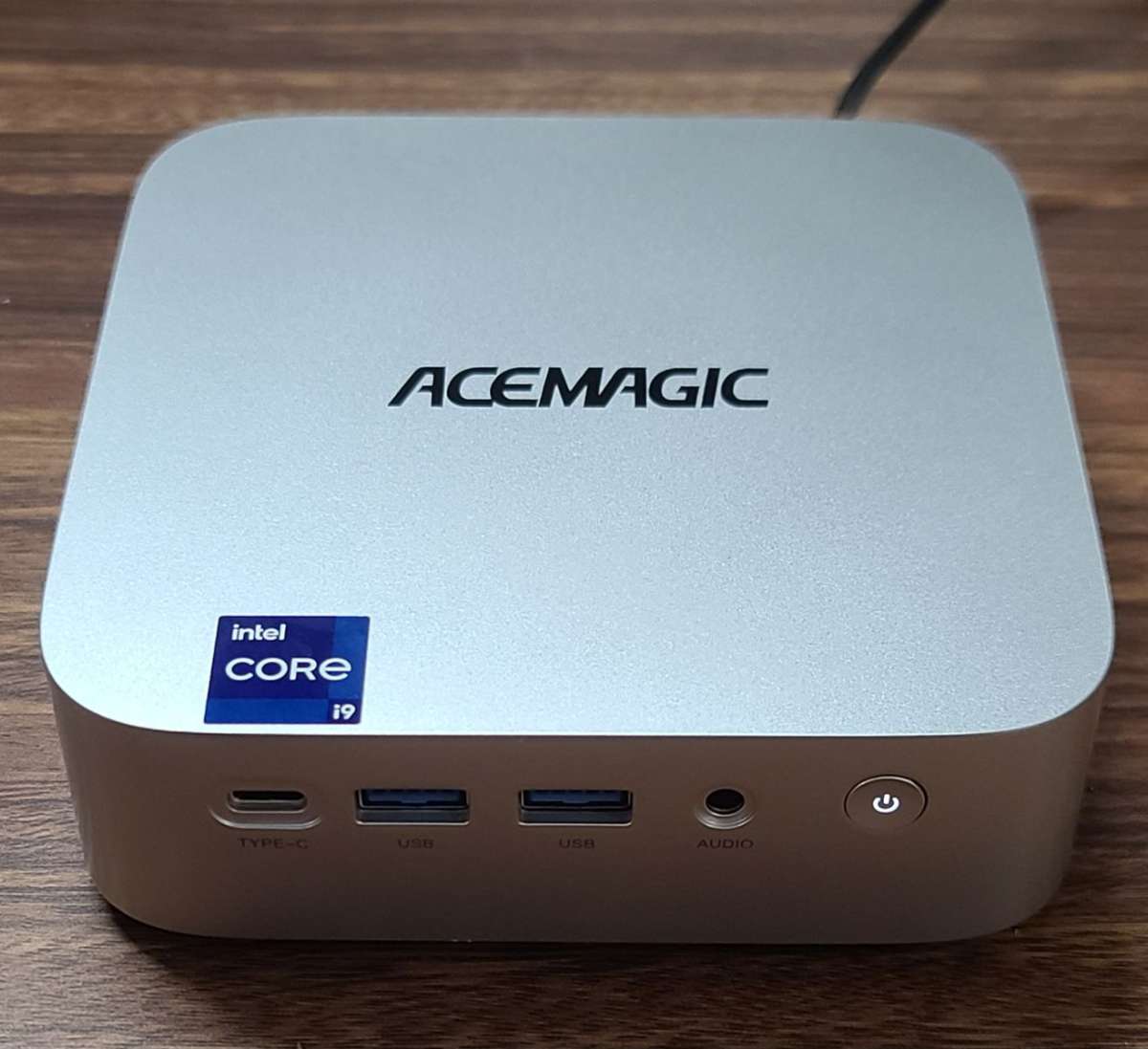
REVIEW – The ACEMAGIC M1 Mini PC, with an Intel Core i9-11900H, 32GB RAM, and 1TB SSD, supports 4K triple display, WiFi, Bluetooth, and Gigabit Ethernet. It is ideal for home studios, offices, editing, and light gaming. It features silent cooling, rich I/O, and a 1-year warranty. I have one to review; read on to see what I think!
⬇︎ Jump to summary (pros/cons)
Price: $399.99 – $599.99
Where to buy: Amazon, ACEMAGIC
What is it?
The ACEMAGIC Matrix Mini M1 is a compact, powerful mini PC. The M1’s design is sleek, reminiscent of a Mac Mini, with a practical port layout. The M1 is equipped with an Intel Core i9-11900H processor, 32GB DDR4 RAM, and a 1TB SSD. The processor supports Intel UHD graphics with 32 execution units and a 350MHz GPU clock. The PC also features an extensive array of available ports: two USB 3.0 ports, one USB-C port, and an audio jack on the front, as well as four USB 3.0 ports, HDMI, DisplayPort, and a LAN port on the back. The wireless communication installed in the ACEMAGIC Matrix Mini M1 includes WiFi 6 and Bluetooth 5.2. While the processor is directly soldered to the motherboard, the solid-state drive and memory are installed in M2 2280 and SO-DIMM slots and are upgradable to 64GB of memory and 4TB of storage. The unit comes with Windows 11 Pro installed.
What’s included?
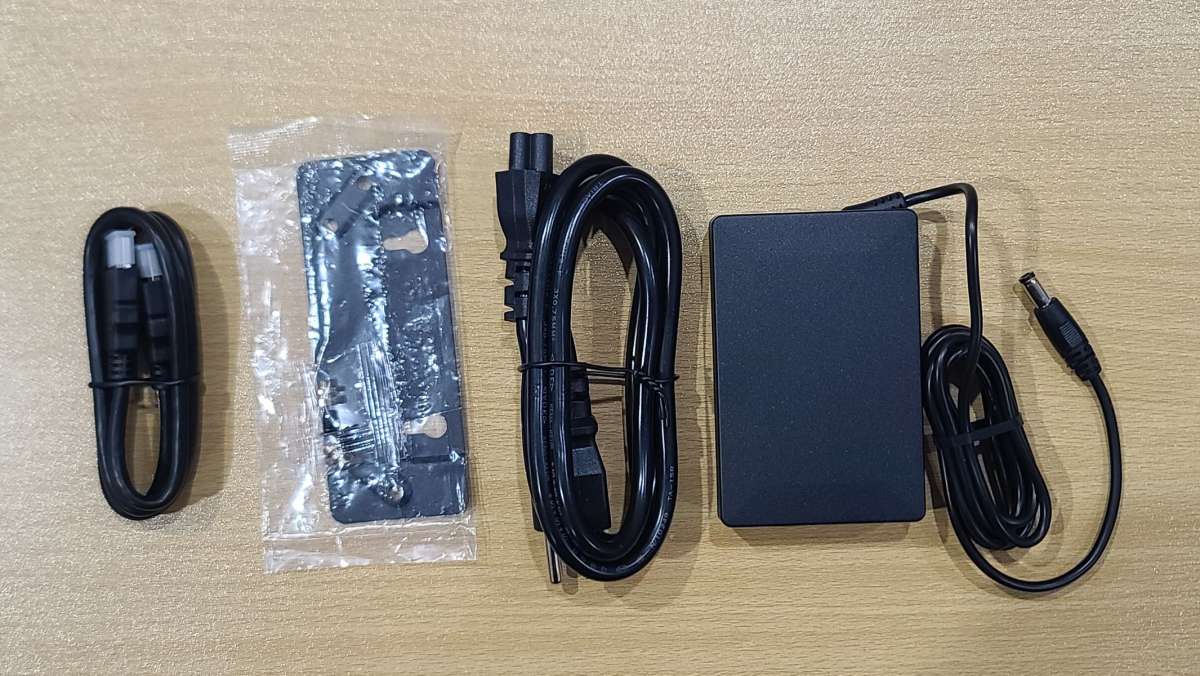
- ACEMAGIC Matrix Mini M1
- Adapter
- Screws
- User Manual
- Mounting Bracket
- HDMI Cable
Tech specs
CPU: Intel® Core™ i9-11900H
GPU: Intel® UHD Graphics for 11th Gen Intel® Processors
Memory: 32GB DDR4 3200MHz
Storage: 1TB M.2 2280 NVMe PCIe 3.0*4 SSD
WiFi: WiFi 6
Bluetooth: BT5.2
Video: HDMI 2.0*1 (4K@60Hz), DP1.4*1 (4K@60Hz), USB3.2 Gen 2 Type-C x1 (Support DP1.4, 4K@60Hz)
Audio: 3.5mm Audio Jack *1
Network: 10/100/1000/2500 Mbps Adaptive RJ45 Gigabit Ethernet Port x1
Bus: USB3.2 Gen 2 Type-C x1 (Support DP1.4, 4K@60Hz, maximum 10 Gbps data transfer, PD output)
Power: DC 19V/6.32A, DC Header 5.5*2.1m
System: Windows 11 Pro
Dimension: 128.2mm *128.2mm*41mm
Design and features
Unboxing
The ACEMAGIC Matrix Mini M1 comes in a full-color cardboard sleeve covering a plain white box.
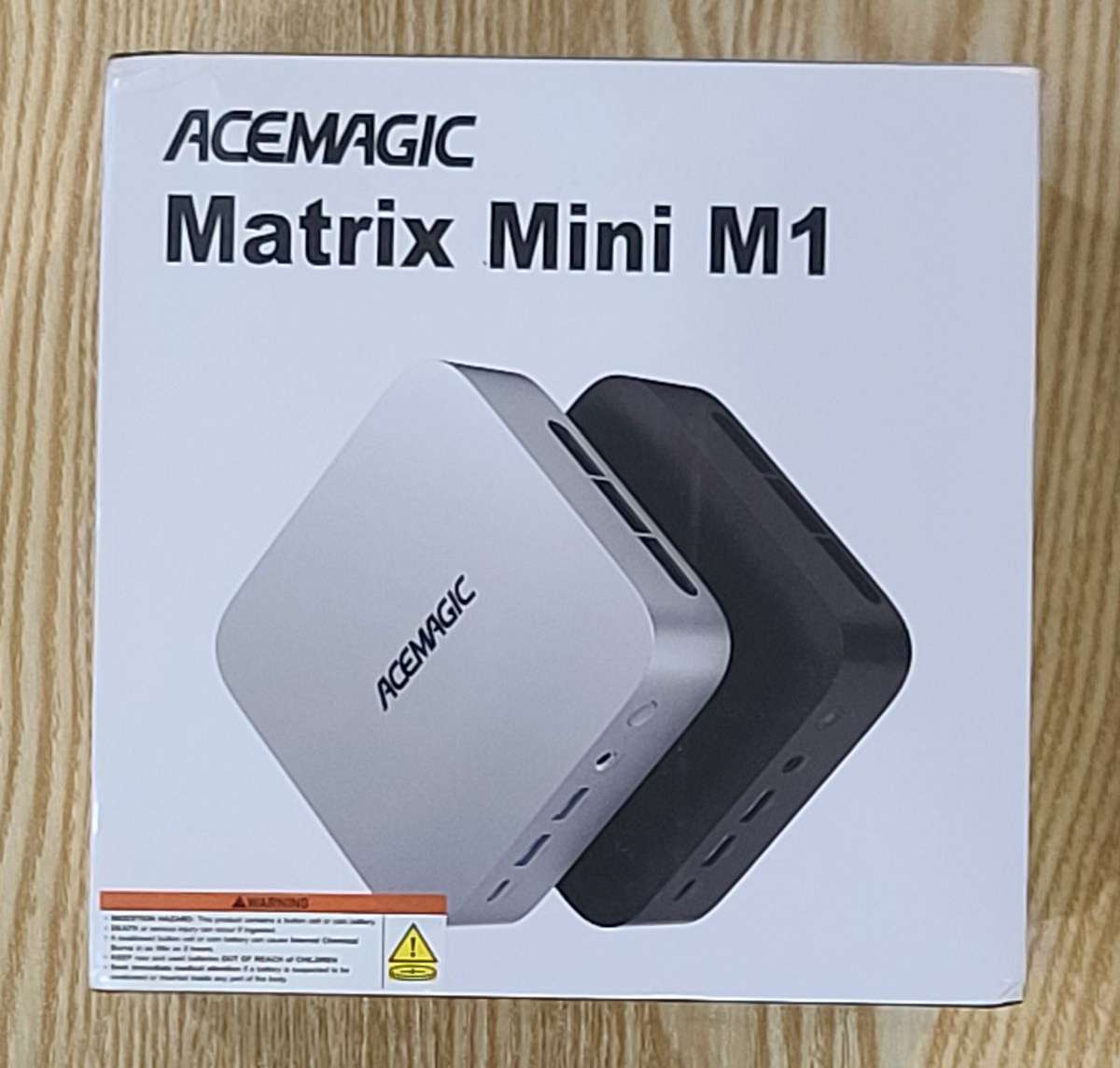 The sleeve shows an image of the computer on the front and has specifications and particular configuration information on the rear. While the configuration information shows that the computer is available with multiple colors, memory, and storage options, the only color option available is silver, and the only memory options are either bare bones or with 32 GB of RAM and 4 TB of storage.
The sleeve shows an image of the computer on the front and has specifications and particular configuration information on the rear. While the configuration information shows that the computer is available with multiple colors, memory, and storage options, the only color option available is silver, and the only memory options are either bare bones or with 32 GB of RAM and 4 TB of storage.
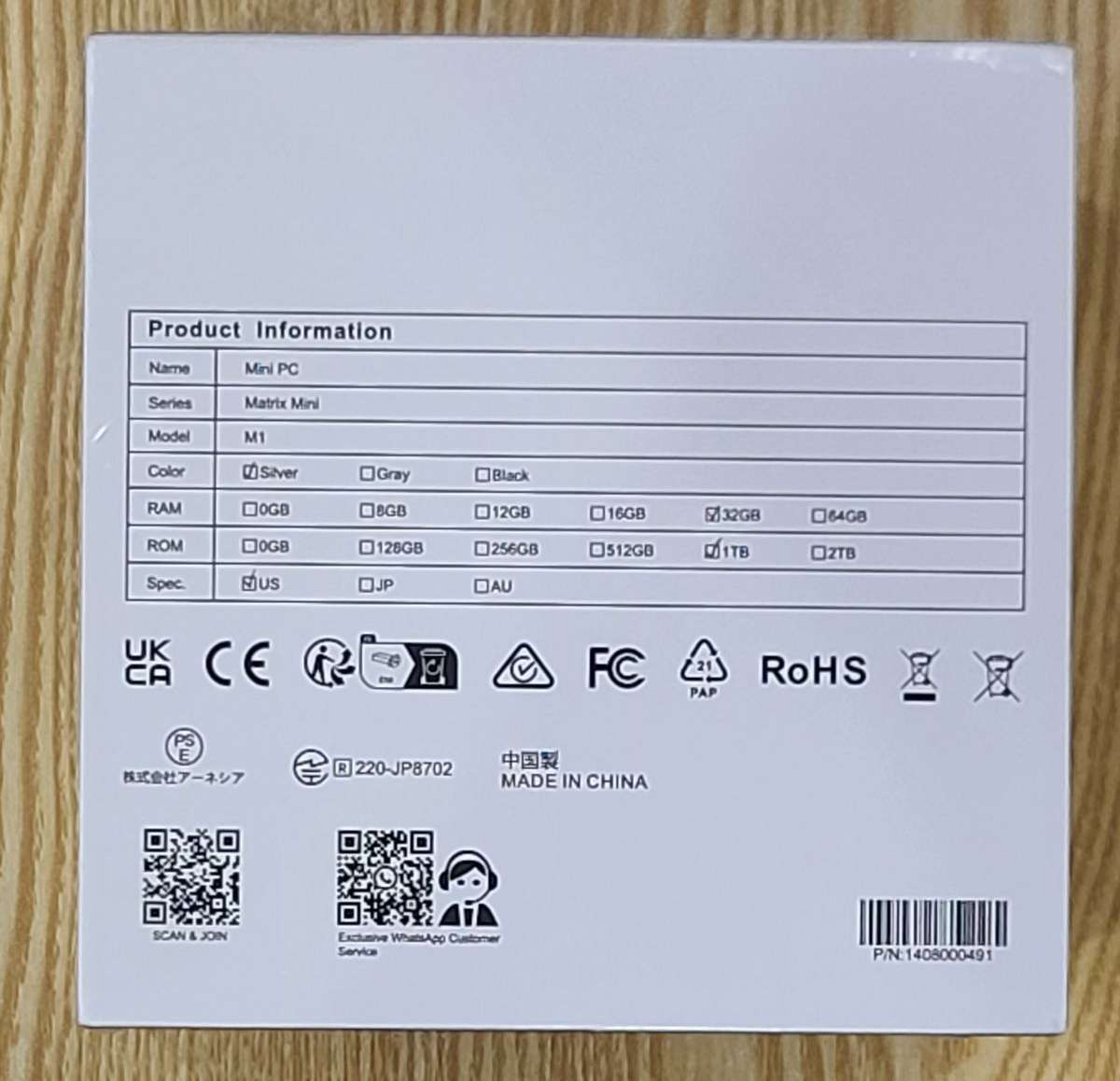 Inside the box, the computer is protected with a combination of cardboard and foam. The computer surface is protected from scratches with a protective plastic film.
Inside the box, the computer is protected with a combination of cardboard and foam. The computer surface is protected from scratches with a protective plastic film.
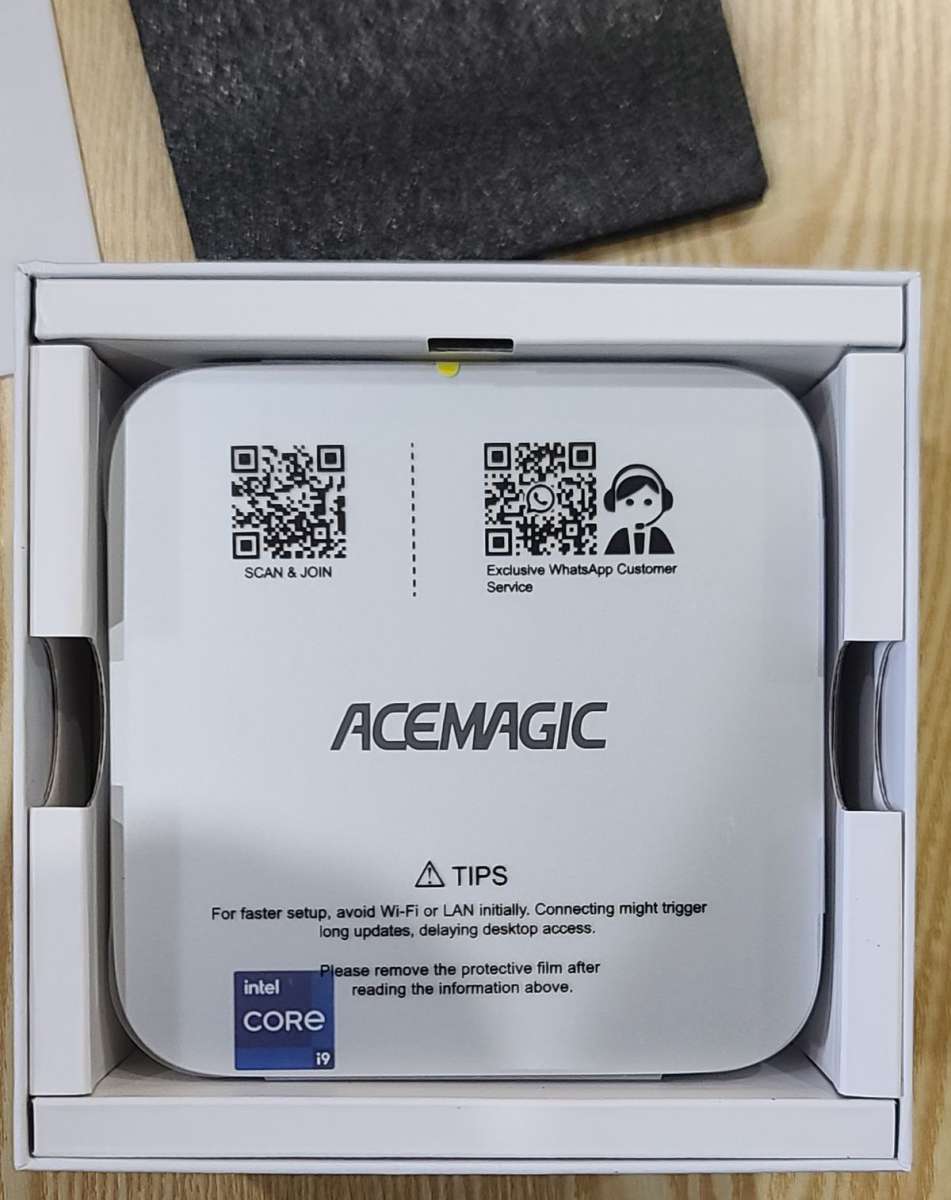
Hardware
The computer Shell is made from plastic. A silver-tone top half is labeled with the ACEMAGIC logo on the top center. An Intel Core i9 sticker is also placed on the top. The front of the PC has the Type-C USB, two standard USB ports, an audio port, and the power button. When the PC is powered on, the center of the power button is illuminated by a white LED. The right side of the PC has one of the cooling fan outlets. The rear of the PC has HDMI, DisplayPort, Ethernet, four standard USBs, and the power adapter. There is also an exhaust port for the cooling. In addition, there is a security tab for the PC; however, this is only anchored to the plastic casing. The base of the PC has four substantial rubber feet and the cooling fan inlet. There are also two studs to hang the PC off of the back of a VESA bracket.
To use the VESA bracket, attach it to the bottom two screws of a VESA mount using the supplied black M6 screws. Attach the brass screws to the base of the PC. The PC hangs from the bracket using the two keyhole supports. The ACEMAGIC logo is inverted when installed properly.
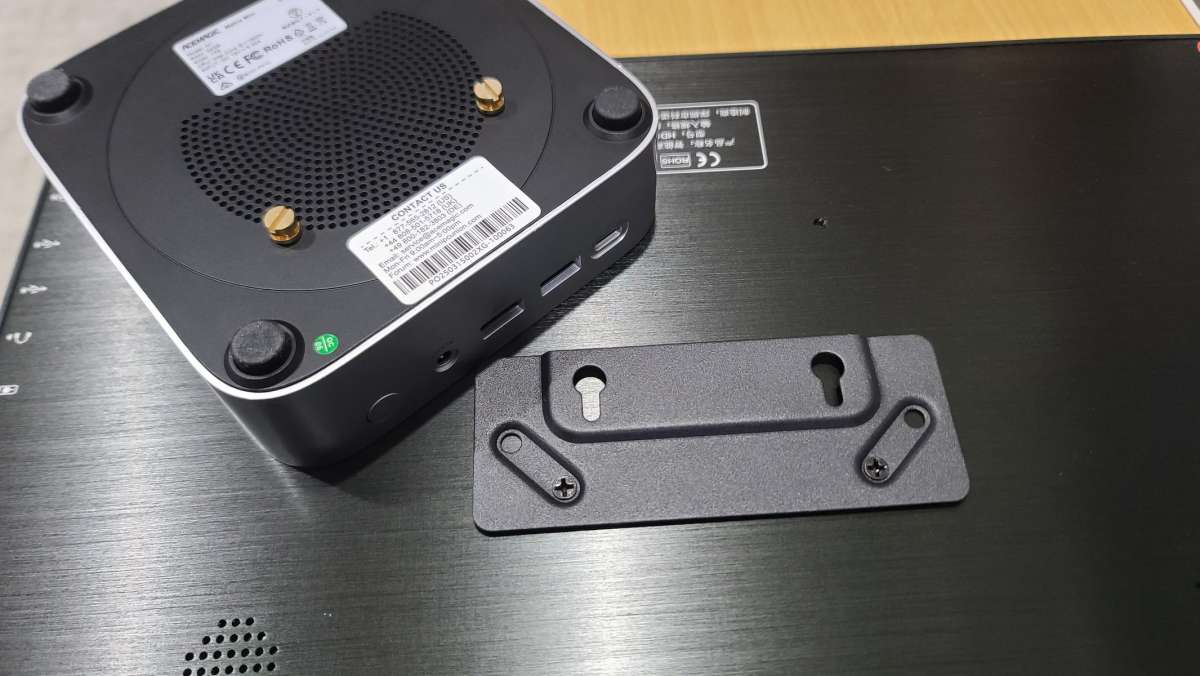
The PC memory and storage is upgradable. To access the internals of the PC, first gently pull on the rubber feet to remove them from the PC body. Store them so that the adhesive is not damaged and the feet can be reapplied after the upgrade is complete.
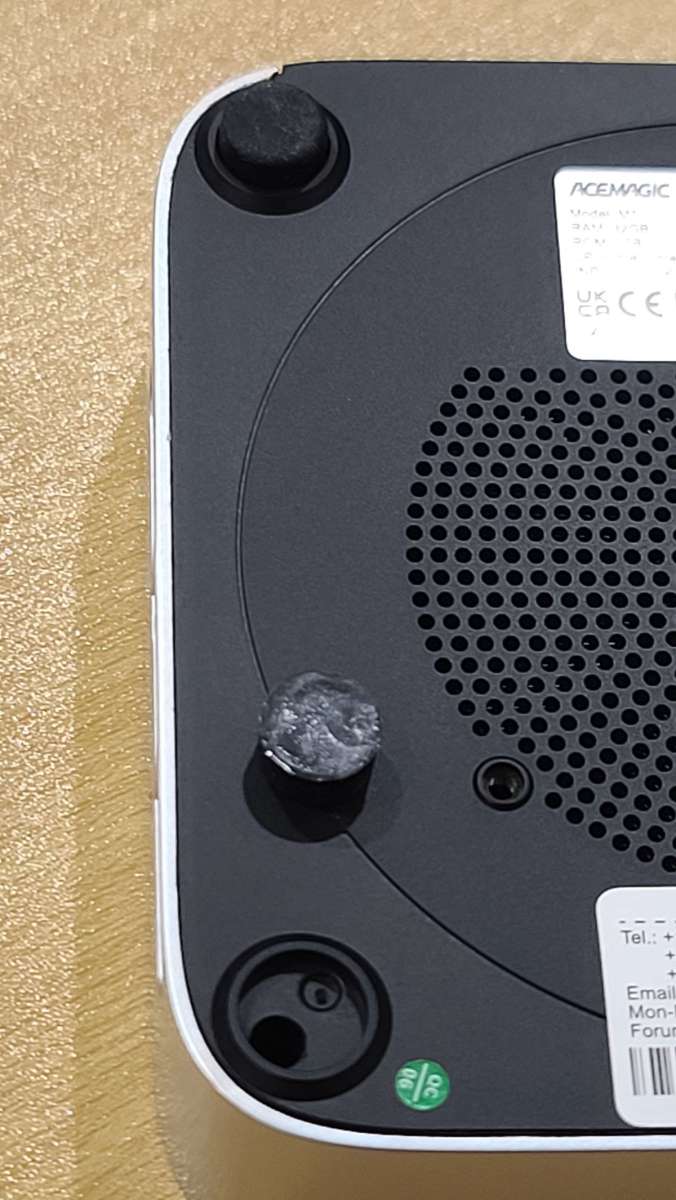 If the feet are not installed properly, then the computer cooling may not operate correctly. There is a screw at the base of each corner that can be removed with a PH0 Phillips head screwdriver. Once the screws are removed, gently pry the black base from the silver top. Be cautious around the power adapter barrier since wiring from the motherboard is attached to this one port screwed into the black plastic. All the other ports are connected to the motherboard. The power button might also fall out from its mount. When separating the motherboard from the silver cover also pay attention to the wires attached to the Wi-Fi antennas, which are located below the USB ports on the front cover.
If the feet are not installed properly, then the computer cooling may not operate correctly. There is a screw at the base of each corner that can be removed with a PH0 Phillips head screwdriver. Once the screws are removed, gently pry the black base from the silver top. Be cautious around the power adapter barrier since wiring from the motherboard is attached to this one port screwed into the black plastic. All the other ports are connected to the motherboard. The power button might also fall out from its mount. When separating the motherboard from the silver cover also pay attention to the wires attached to the Wi-Fi antennas, which are located below the USB ports on the front cover.
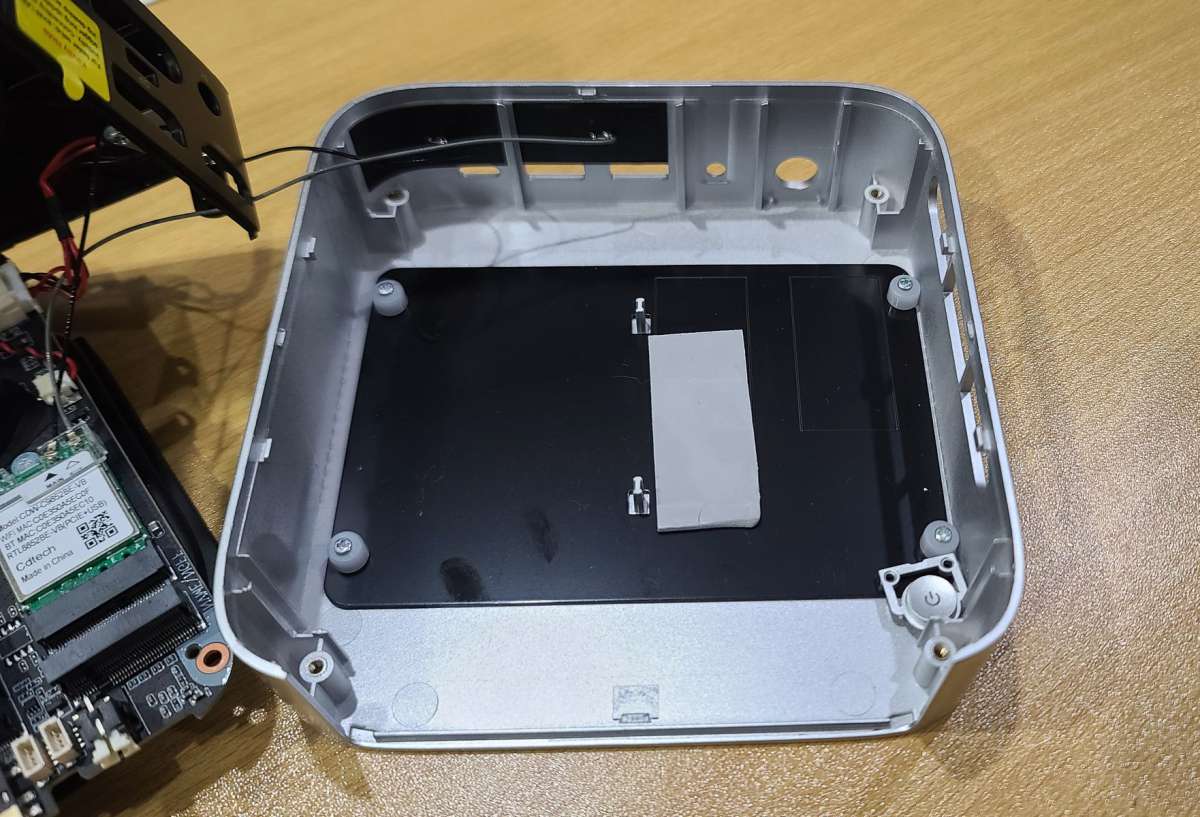
Once the CPU is free from the top and base of the PC, the two M 2280 ports and the SO-DIMM ports are easily identifiable. ACEMAGIC has included an anchor screw for the second SDD, but there is only one strip of thermally conductive tape attached to the heat sink on the underside of the PC top cover.
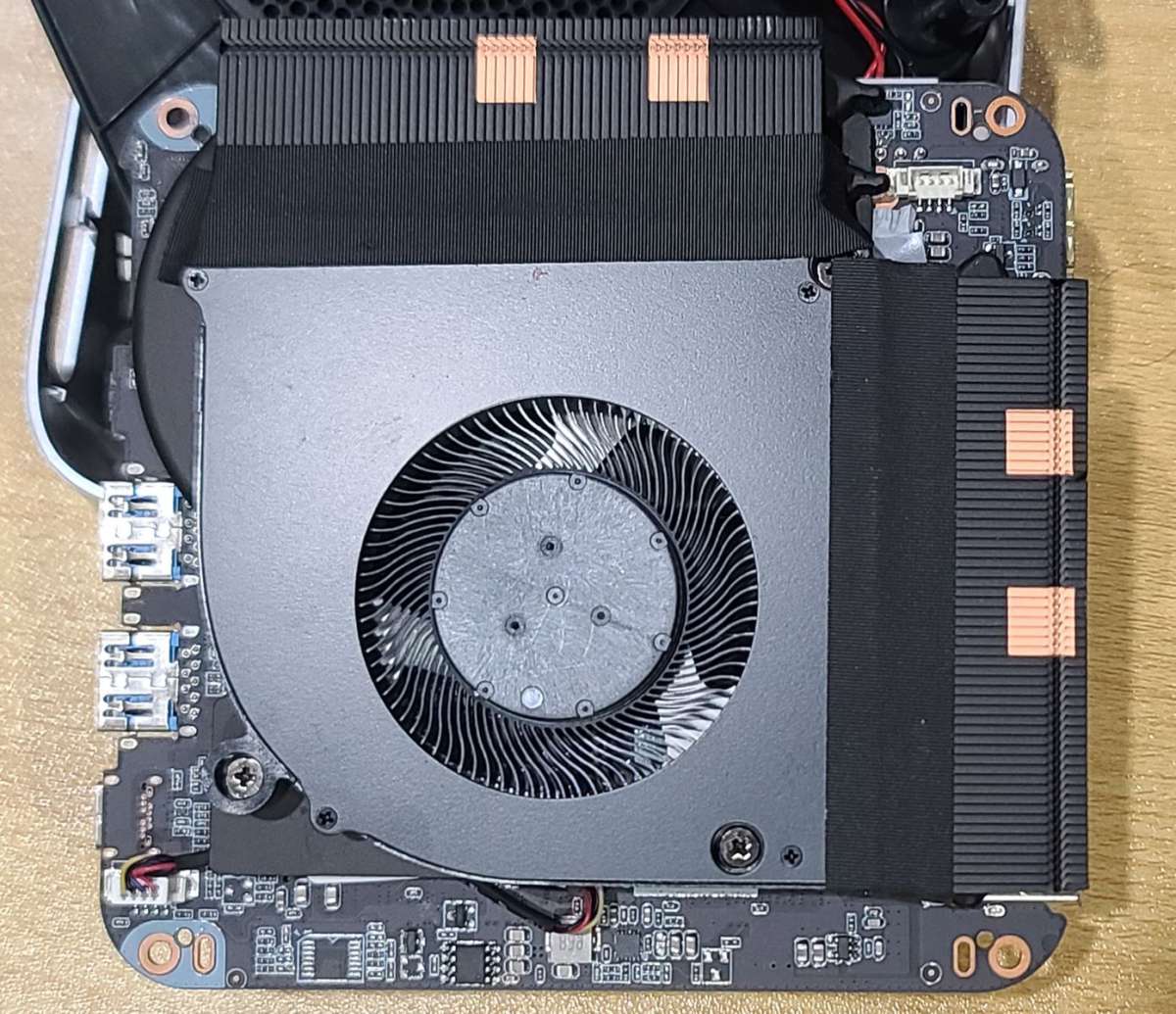
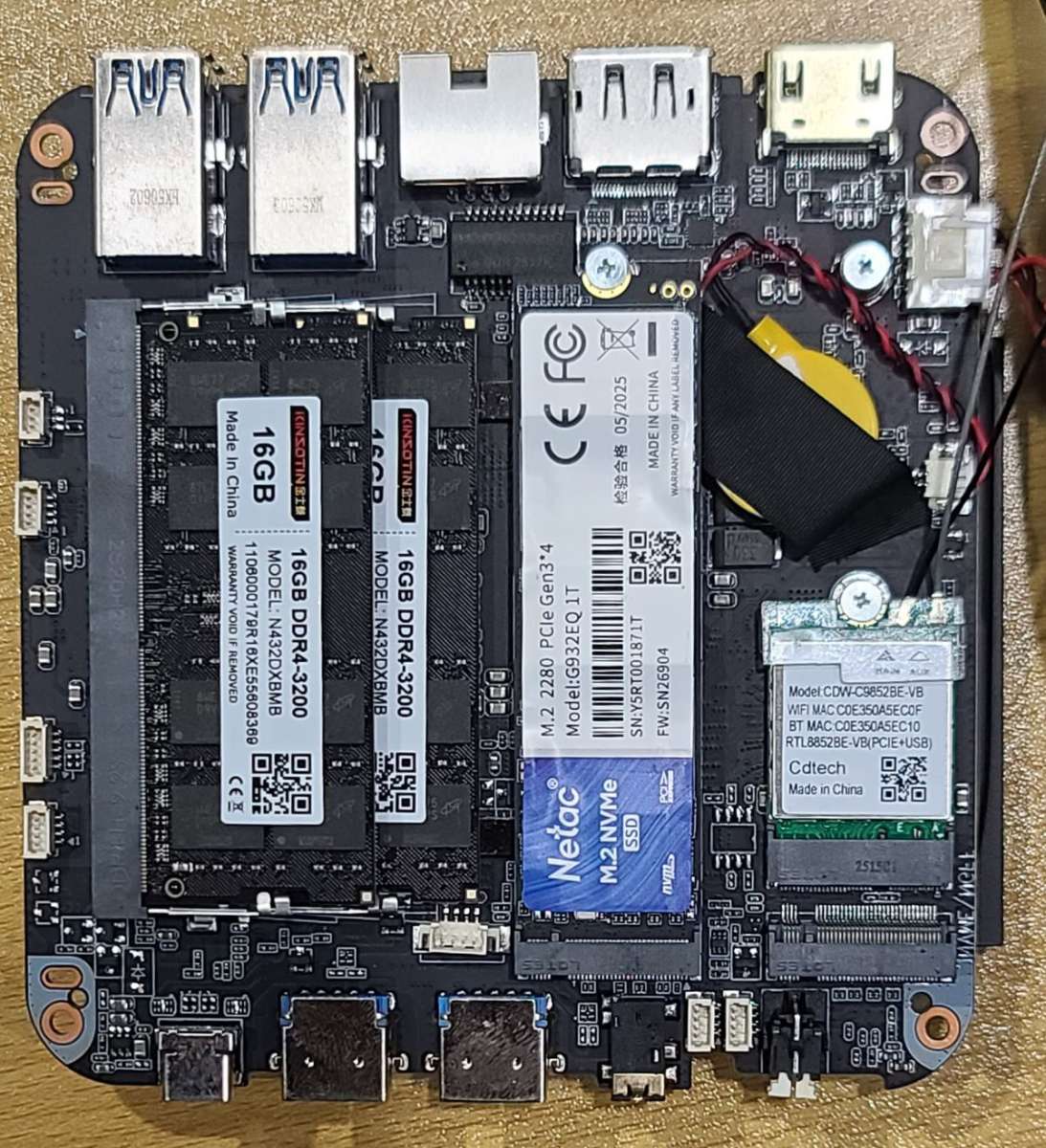
Reassembling the PC is straightforward, except pay attention to ensure the plastic tabs that connect the top to the base of the PC fit around the heat sink fins on the right side of the case. If the power button has fallen from the silver cover, use a bit of tape to hold the button in place from the outside. Once the motherboard is in place, the button will be secure and the tape can be removed.
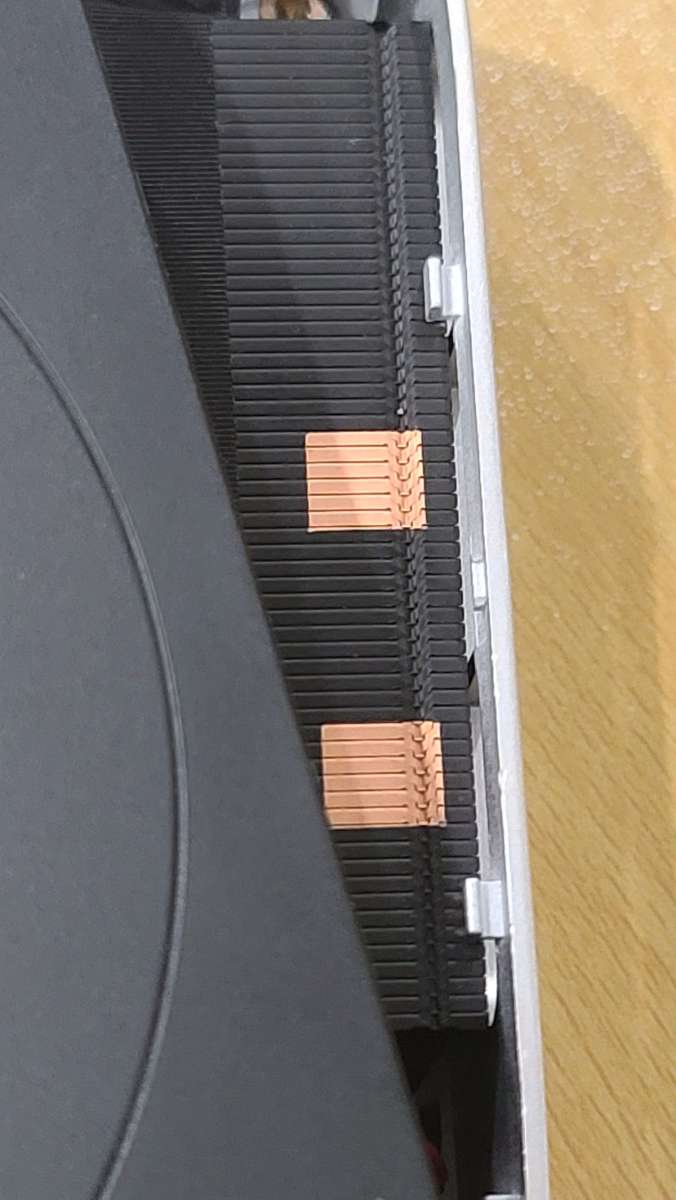
Software
When operating the PC under no load, it is whisper-quiet. Under higher loads, you can hear a gentle rush of a fan, but it doesn’t sound jarring or objectionably loud.
Windows takes about 30 seconds to boot into the desktop after all the updates are completed, and without additional antivirus or helper program overhead.
The Windows 11 Pro distribution on the system is activated. My testing indicates that it is free of bloatware, malware, and viruses.
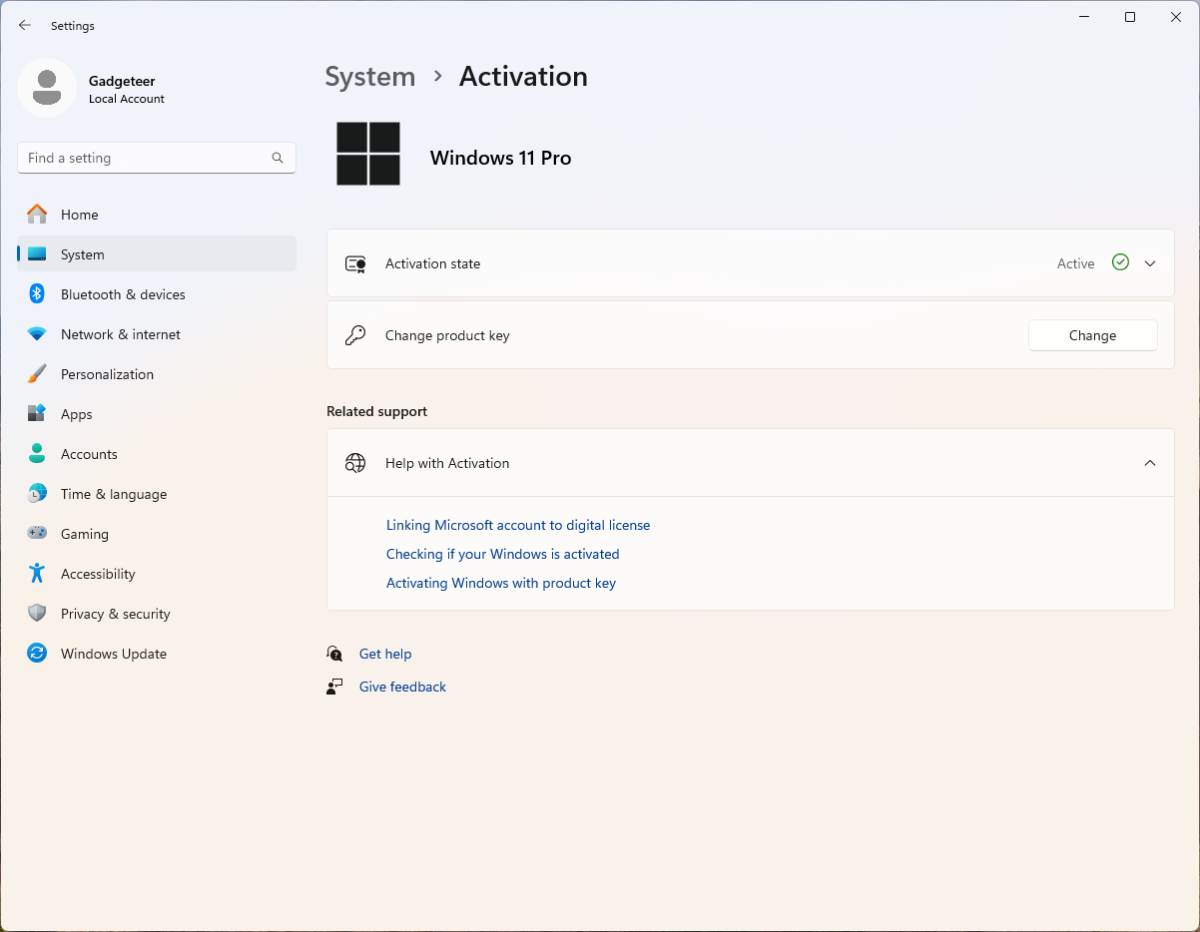
If you would like to install your own distribution, there are driver files available for this laptop. However, ACEMAGIC is using Google Drive to distribute these files, and owing to the recent release, the files are being accessed more than the quota limits that Google enforces. I was able to download the files at around 4 pm EST on a Sunday; maybe this is a good time to try to get your own copies.
Windows installs quite a lot of updates. The September update is 3.8 GB, and installing it requires a repair install of Windows 11. I blame this more on Microsoft than on ACEMAGIC.
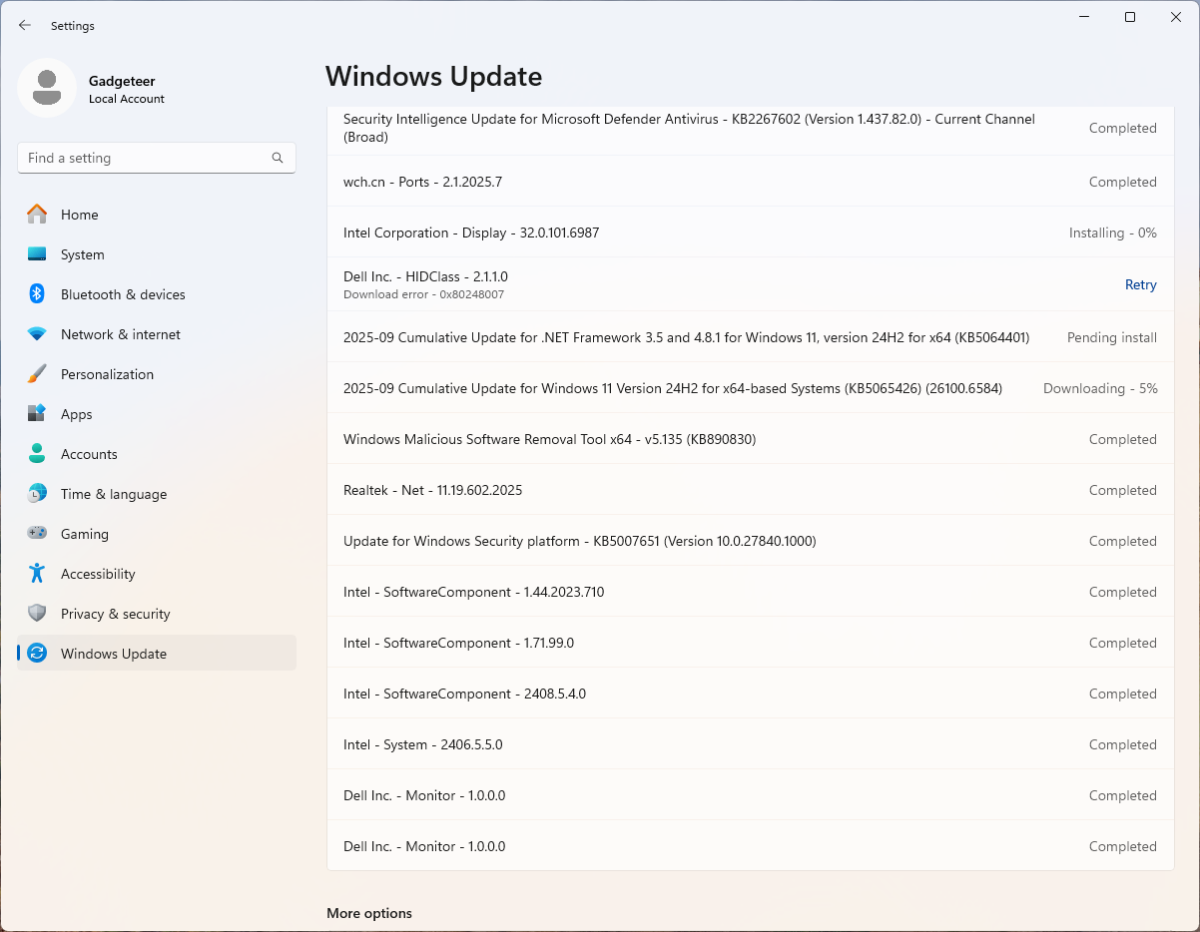
Performance
The computer can indeed run three monitors, although two of these are full HD and one is quad HD.
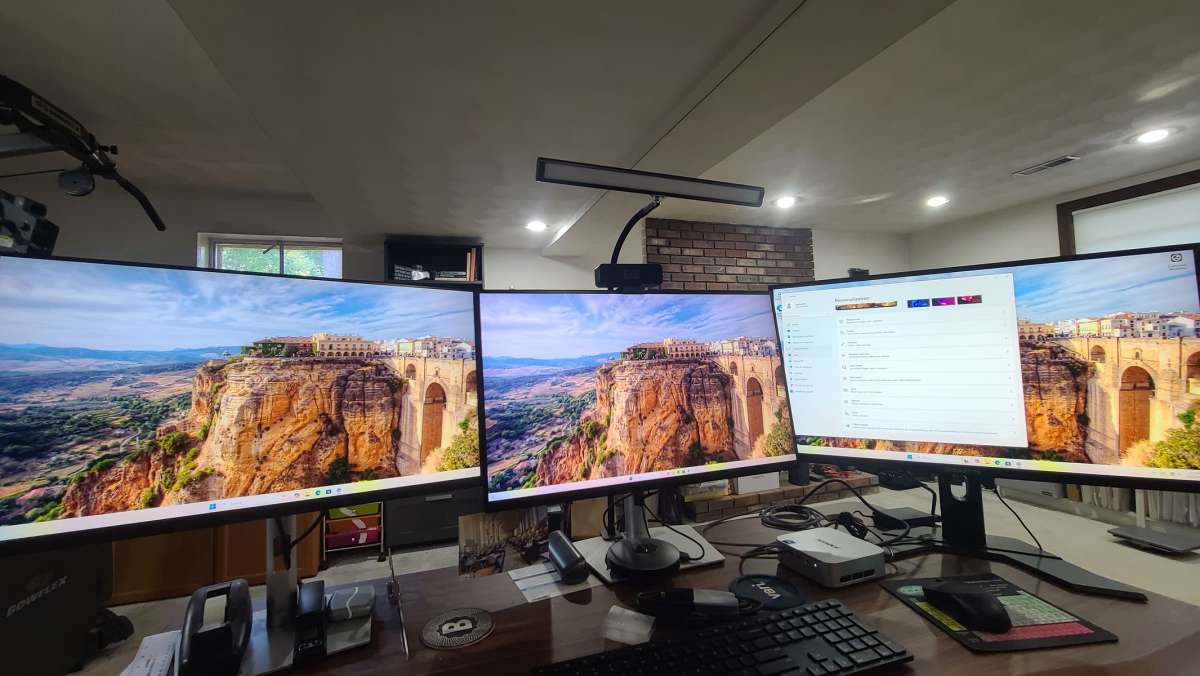
I downloaded Cinebench to test the processor. It performs appropriately within the rankings of other processors on the market.
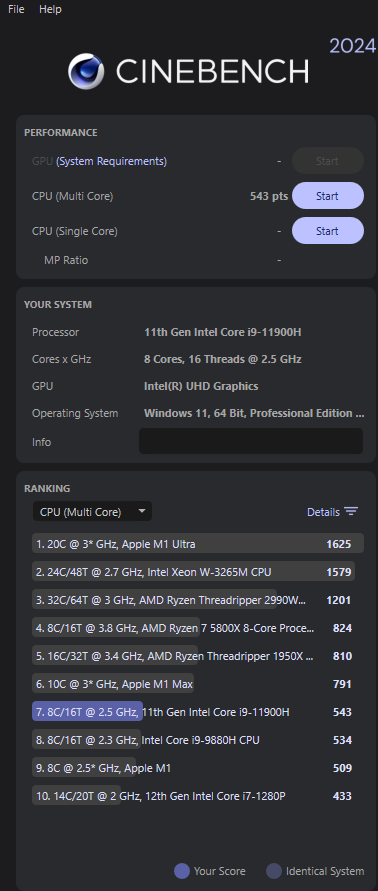
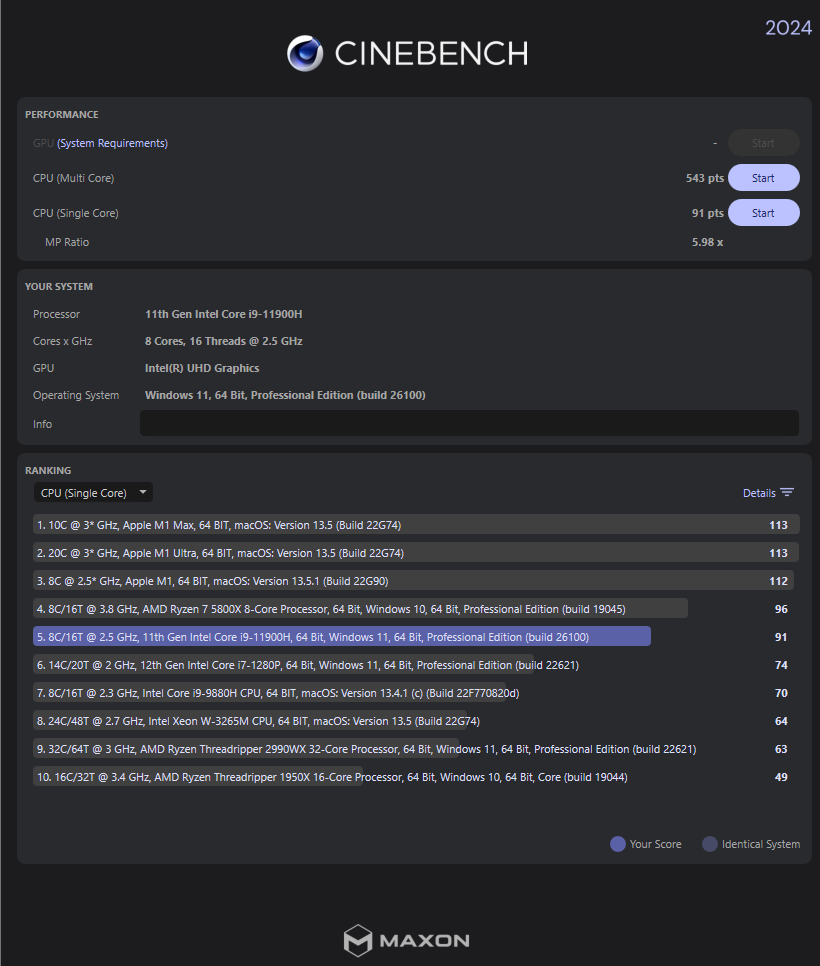
I also ran CrystalDiskMark on the system and observed reading transfer rates around 3,000 MB/second and writing transfer rates around 2,000 MB/second.
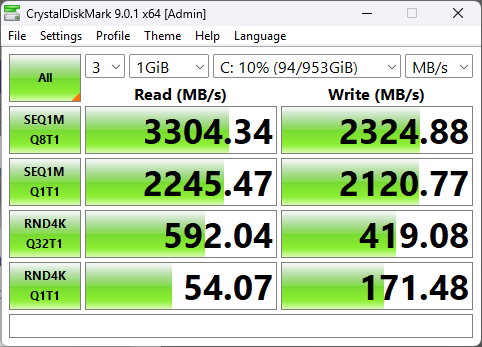
Final thoughts
The ACEMAGIC Matrix Mini M1, a compact Mini PC with an Intel Core i9, 32GB RAM, and 1TB SSD, is well-positioned to serve as a daily office computer. Overall, the ACEMAGIC Matrix Mini M1 is a compelling option for those seeking a small, efficient, and versatile mini PC. Its ability to handle gaming, editing, and general computing tasks, combined with low power usage, makes it ideal for space-constrained or power-conscious setups.
What I like about the ACEMAGIC Matrix Mini M1
- Large storage out of the box.
- upgradable storage
- Numerous USB ports
What needs to be improved?
- Integrity of the security tab.
Price: $399.99 – $599.99
Where to buy: Amazon, ACEMAGIC
Source: The sample of this product was provided for free by ACEMAGIC. ACEMAGIC did not have a final say on the review and did not preview the review before it was published.
Check out these other reviews!
- ACEMAGIC AX15 laptop review – pleasing portable productivity
- ACEMAGIC Kron Mini K1 review – Quite a capable mini PC


